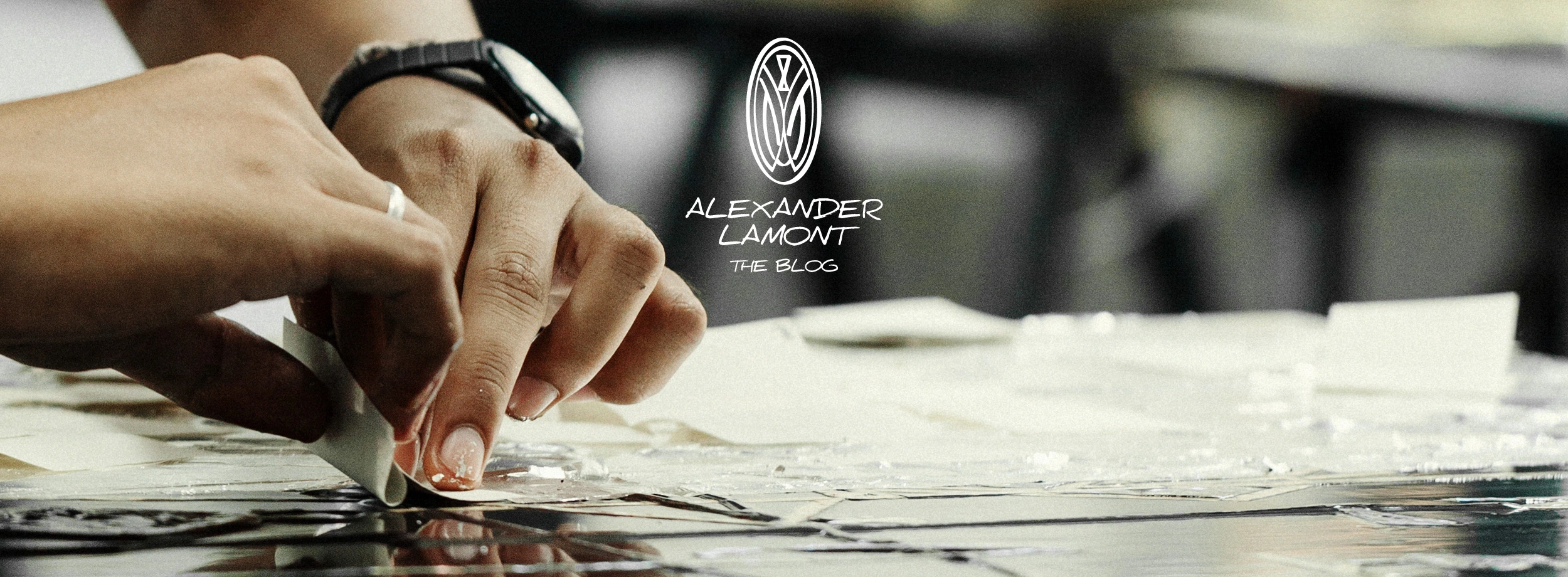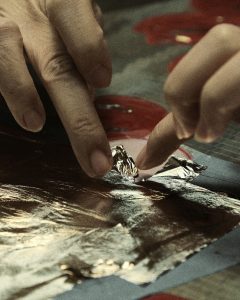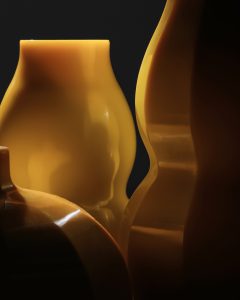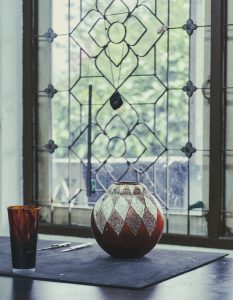In the mid to late 1500s the Portuguese Jesuit missionary, Father Gaspar Vilela came to Negoro in the Wakayama prefecture of Japan. There he found a complex of Buddhist temples at the height of its power. Negoro-ji was home to an order of warrior monks who practiced the esoteric form of Shingon Buddhism. In the 16th century the Negoro-ji was made up of 80 monasteries with 450 buildings serving as temples and shrines. The whole complex accommodated a population of over 6000 monks. Father Vilela observed a dynamic community of monks who were highly skilled and disciplined warriors. In his writings he compared them to the famous Knights of Rhodes for their fearless defence of their religion. The Jesuit missionary was impressed by the monks’ martial prowess, but also with their gun-smithing and fletcher skills and with the sheer size of Negoro’s rifle army. But the Negoro-ji was not to last – threatened by its power and the monks’ knowledge and use of firearms, the Negoro complex was burnt down in 1585 by the forces of Toyotomi Hideyoshi a preeminent Japanese feudal lord and general of the time.
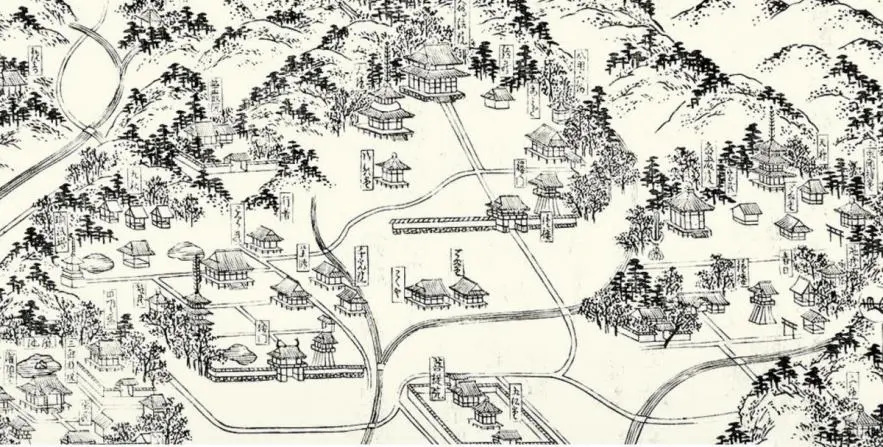
Early writings and pictures documenting the life and rituals of the Shingon Buddhist temples indicate that red objects were regarded as auspicious and suitable to accompany a monk’s everyday existence. This preference is believed to have led to the production within and around the Negoro-ji of high quality and durable lacquer utensils made by overlaying plain black lacquer objects with a layer of bright red vermillion lacquer. The simple and elegant red lacquer objects became highly prized within Japanese culture for their supple shapes and naturally worn patinas that produced the contrasting black and red surface that it is famous for today. After the demise of Negoro-ji, Negoro lacquer artists dispersed within Japan and continued to make objects using this treasured technique.
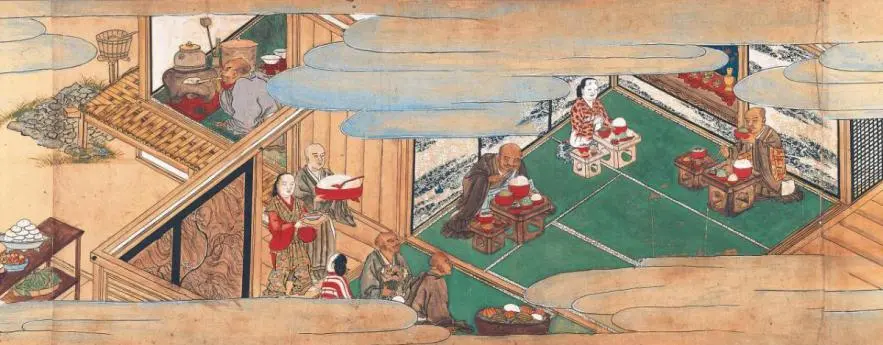
Lacquer has been a substance of great function and beauty for millennia. It’s a material that some people may live their whole lives never noticing, while for others it becomes a lifetime vocation – ‘chasing the dragon’ of techniques, tools, pigments and form to be able to create masterful objects and surfaces that draw the eye and hand. Negoro is one of the many beautiful techniques that were born in Japan – one that emits the essence of wabi sabi.
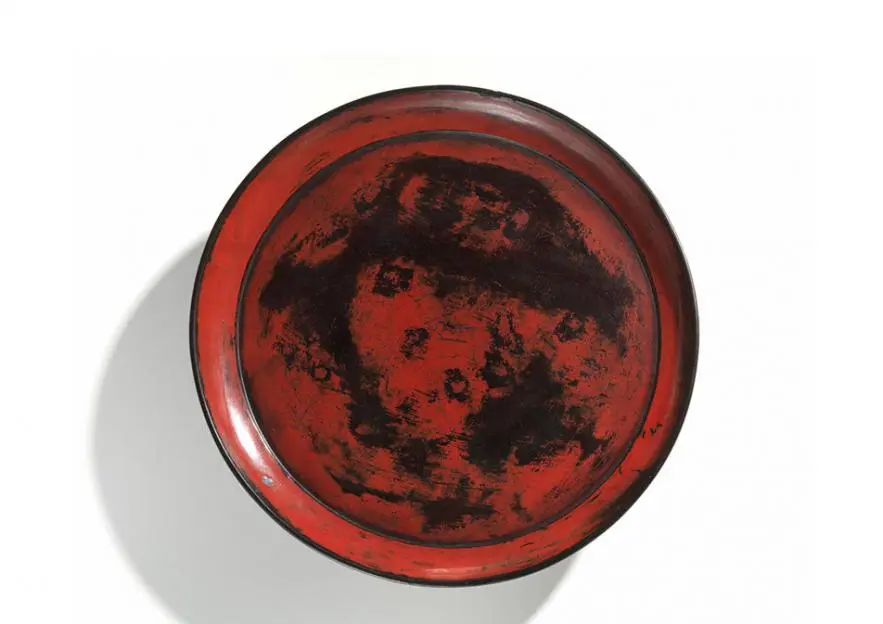
Negoro Lacquer by Alexander Lamont:
Alexander Lamont presents a group of vessels made using the Negoro technique. In their elegance and simplicity the vessels embody the ancient sense of Japanese beauty and appreciation for the life of objects. The minimalistic forms are primarily made to be functional objects – bowls, vessels, pots – and like the traditional pieces, are devoid of elaborate decoration. This group of vessels is inspired by the true essence of Negoro, found in its sense of antiquity and the idea of generations of affectionate use imbuing the object with the esoteric Japanese spirit wabi (the aesthetic of beauty found in imperfection), and sabi (an affection for the old and faded). With regular use the wearing and reduction of the outer coating gradually reveals the layers of lacquer beneath, creating an ever-changing beauty that seems to result from continual use and the passage of time.
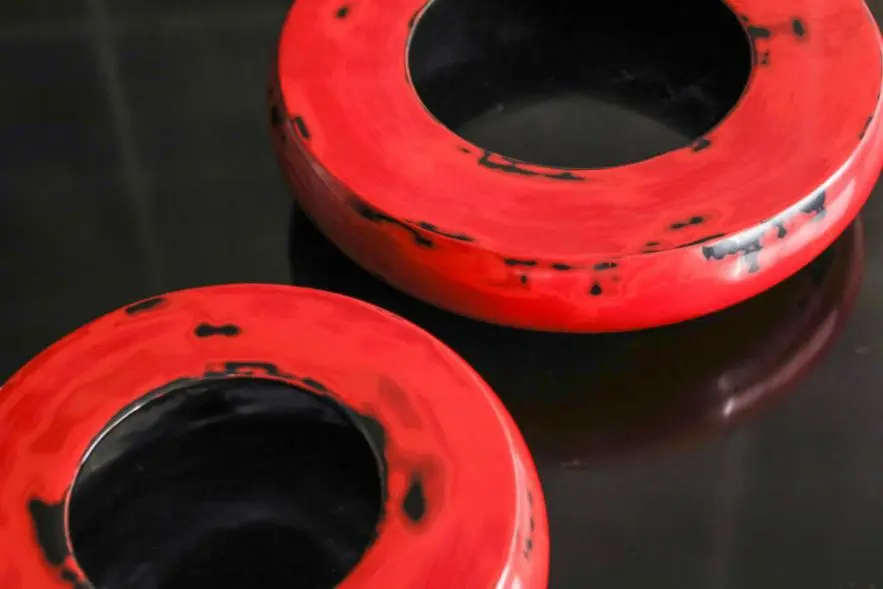
Low, smooth bowls; their top and sides black but washed by layers of lacquer in pooled reds. An Atoll is a volcano beneath the sea – only its crater-ring is visible above the water.
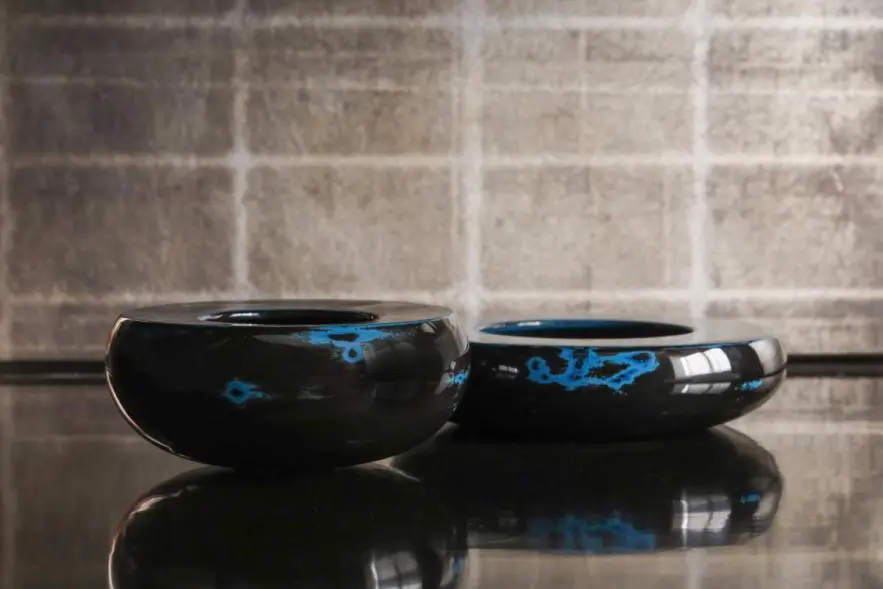
Traditional Negoro technique involves the application of red lacquer over black. in this group of Atoll Bowls we have played with the colours applying blues and reds beneath a layer of black.
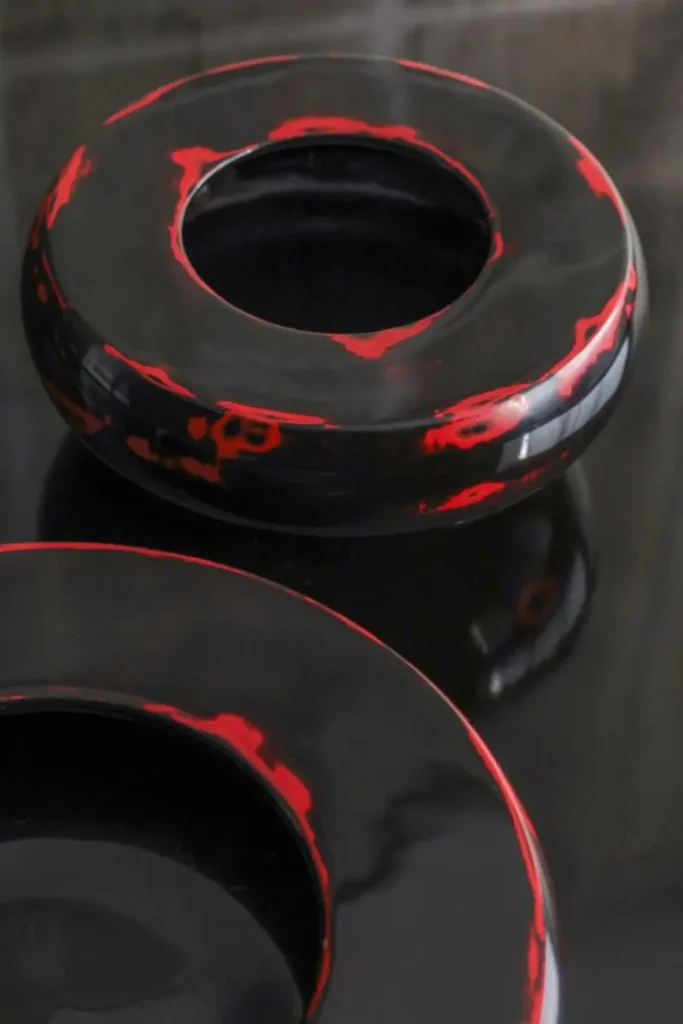
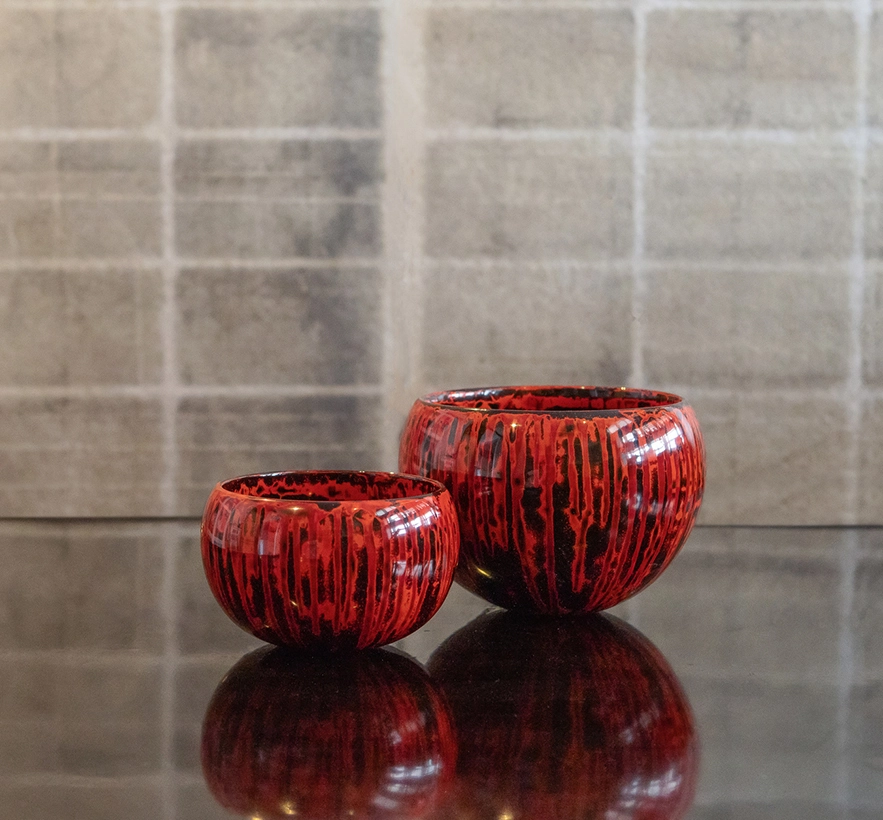
This pair of vessels was inspired by the paraphernalia of the traditional lacquer studio. The bowls that hold the artist’s lacquer are always covered with dribble-lines from the running lacquer in different colours from where the brushes were wiped. This creates uneven and beautiful patterns when sanded and polished.
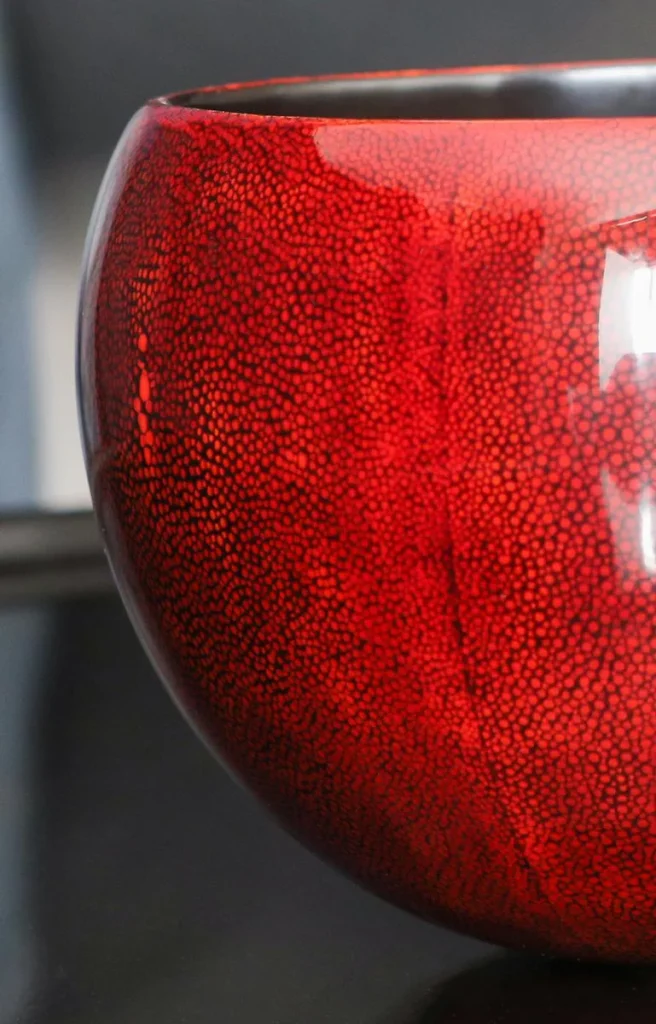
The Cerise Bowls were first covered in canvas and then wrapped in ivory shagreen skins that are visible like a seabed beneath layers of naturally translucent red lacquer. The interior of the bowls is lined with black lacquer. Shagreen is an ancient Japanese material used by the Samurai of the middle ages to decorate their armour and weaponry. This lacquering technique, known as ‘sami-nuri’ is an ancient Japanese method of using lacquer to protect and decorate textured surfaces.
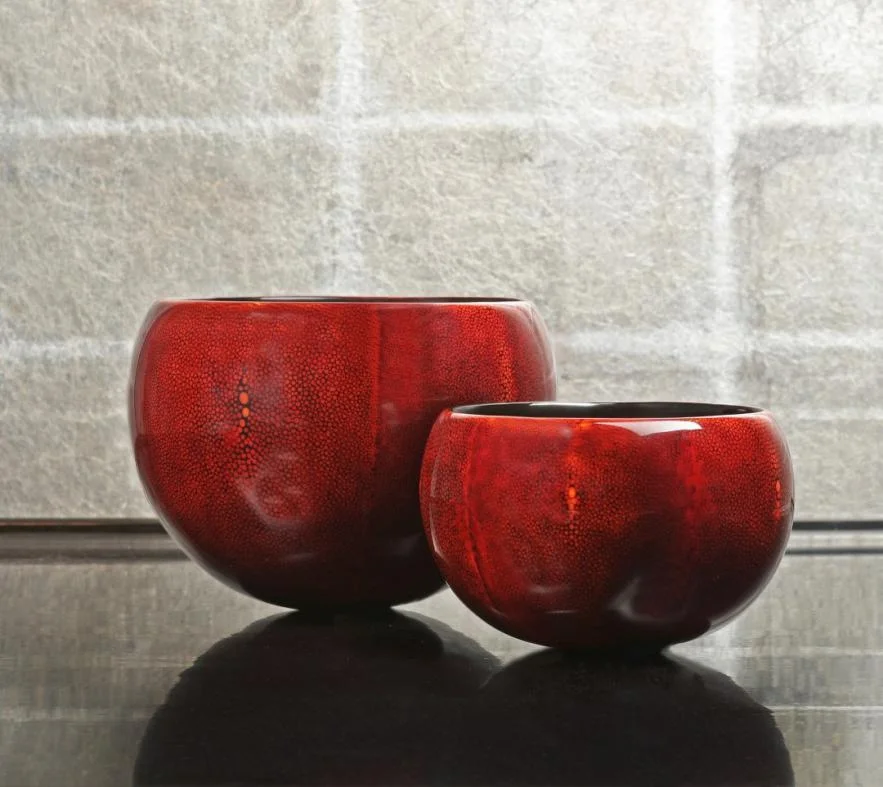
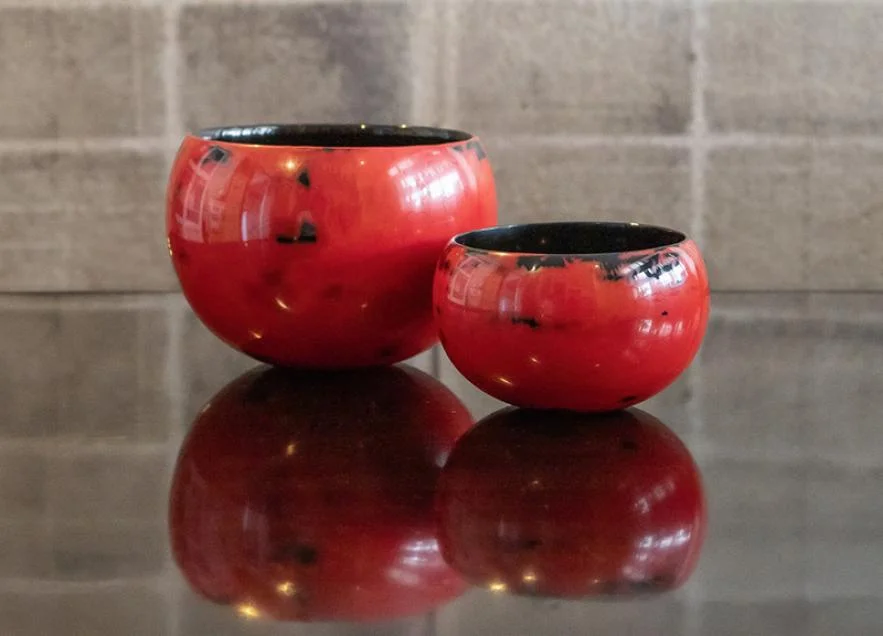
Boshu is the Japanese term for an offering. A hand-turned wooden globe-bowl has been covered with numerous layers of black and then red lacquer. The surface has been rubbed to reveal these layers in a beautiful uneven pattern; the red emerging from beneath the black in the style of ‘negoro’.
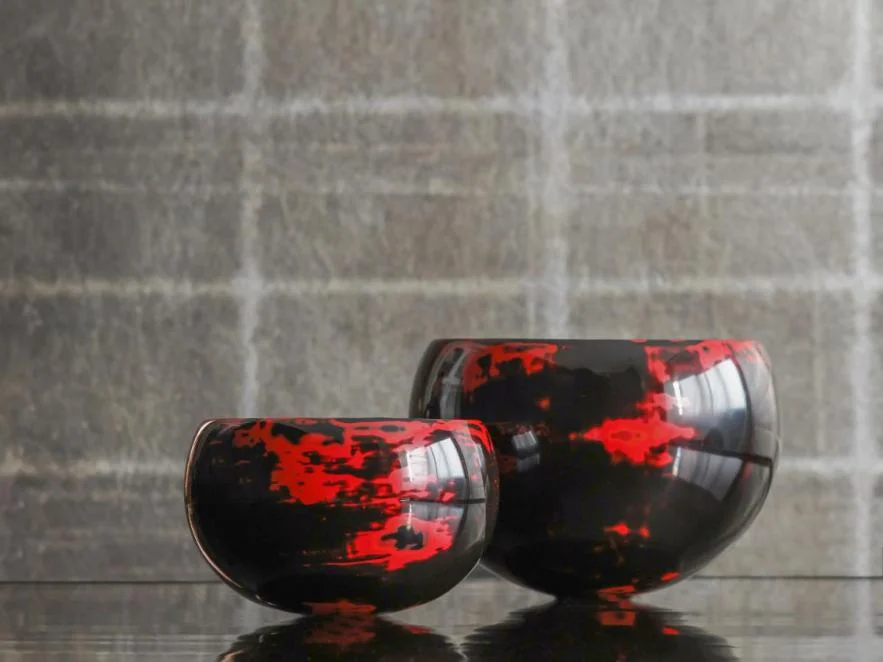
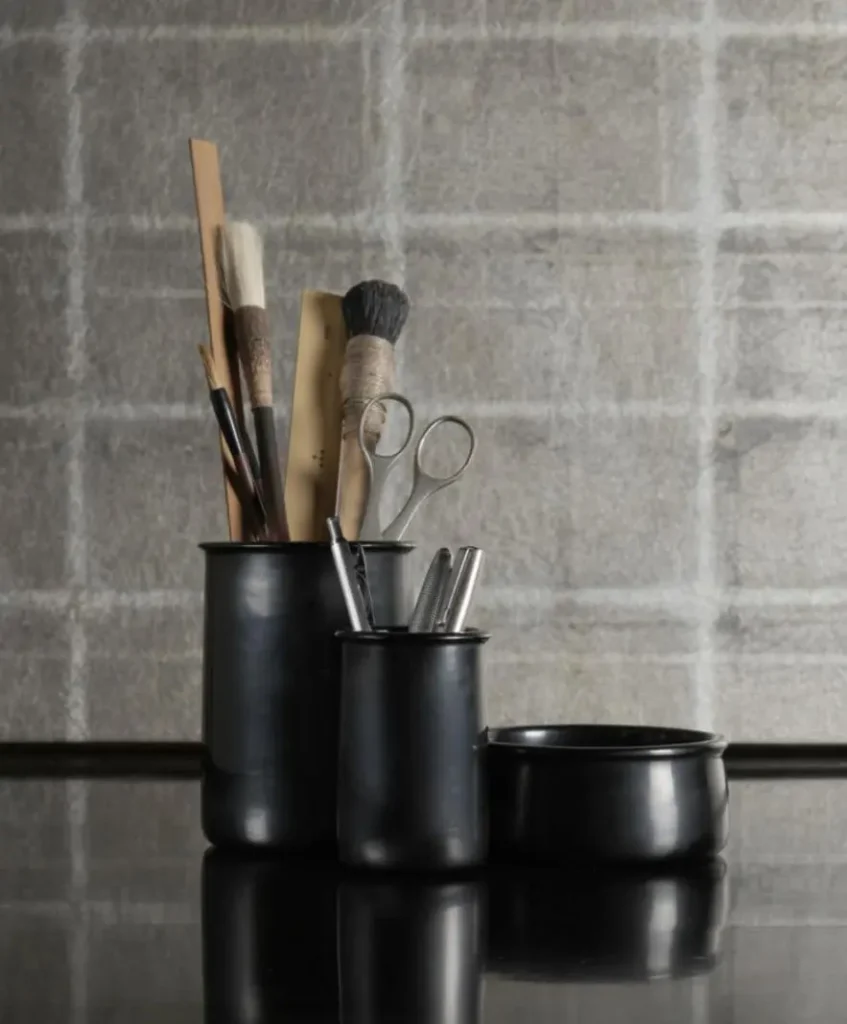
The word “Kaku” is from the Japanese meaning “to write”. Velvetty unpolished lacquer covers these simple tapering pots designed for the desk. On Alexander’s desk are numerous such pots stuffed with rulers, pens, pencils and other tools of the pre-computer age. “There is nothing like the feel and sound of a good pen on good paper when you have something worth drawing or saying.”
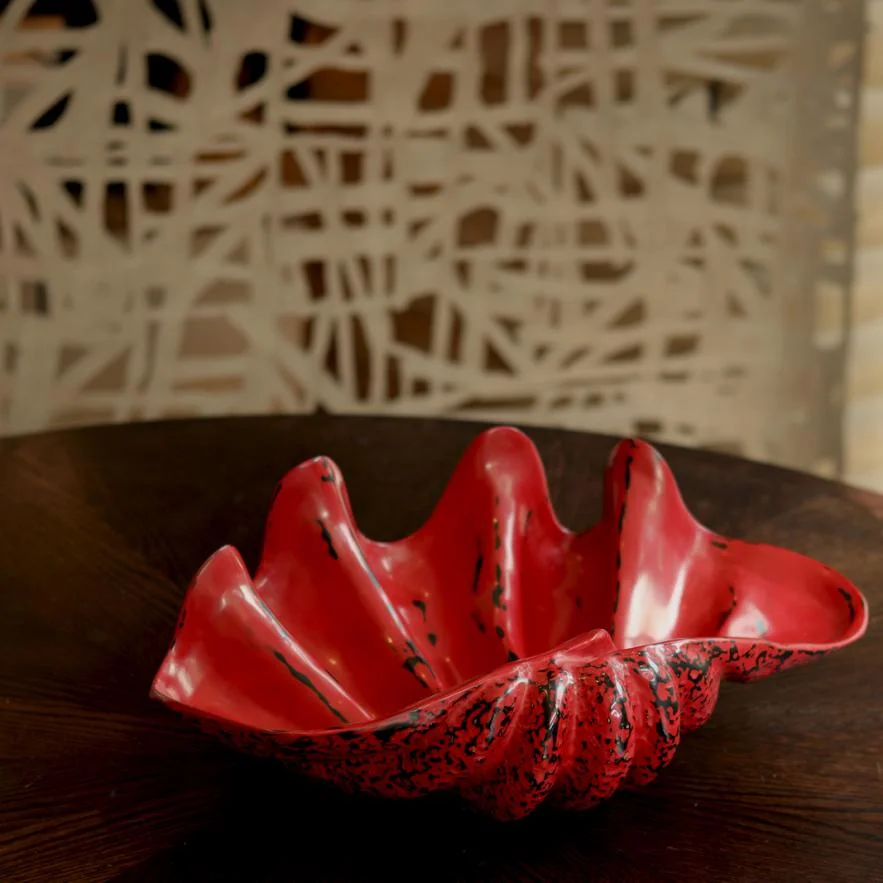
A bronze clam is covered with red lacquer over black in the Negoro style. A striking alternative to the natural ivory-white of real shells, the Giant Clam has many functions: beautiful door-stop, toiletries dish, fruit bowl, bathroom object… in case you need a reason for beauty.
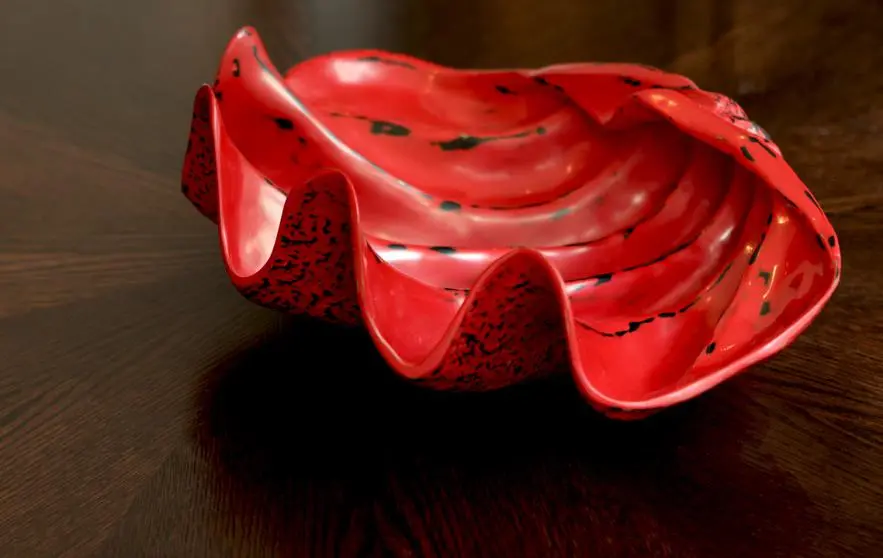
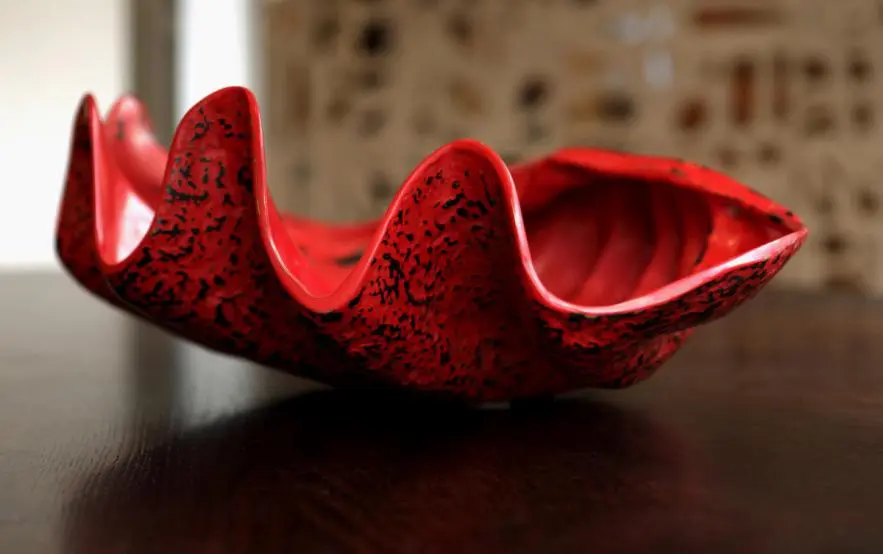
Visit our stores in Thailand: Gaysorn Village, Central Embassy, Surin Plaza Phuket.
